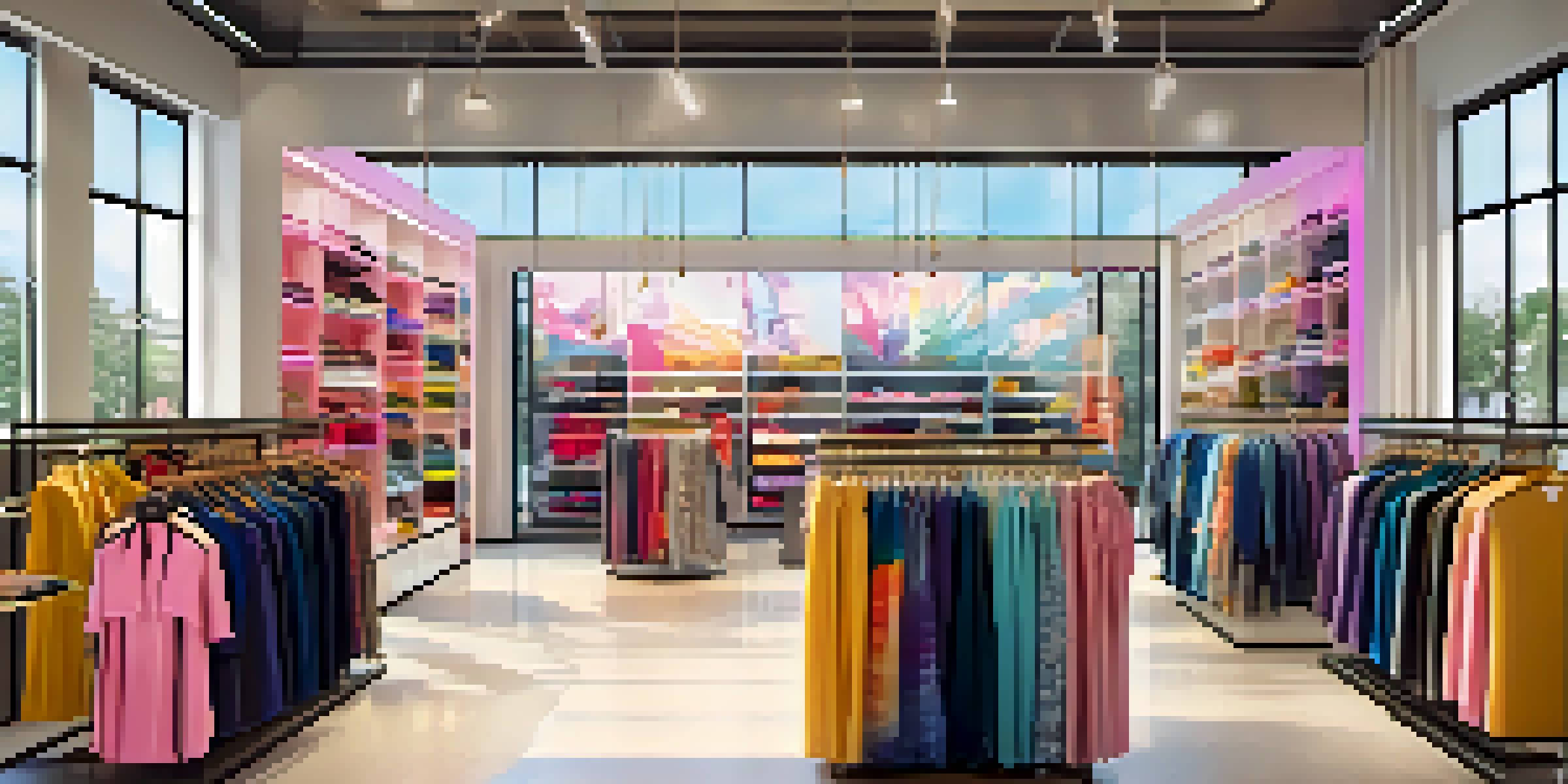Using AI to Analyze Consumer Behavior in Fashion Retail

Understanding the Role of AI in Fashion Retail
Artificial Intelligence (AI) is revolutionizing the fashion retail landscape by providing brands with deep insights into consumer behavior. By analyzing vast amounts of data, AI can identify patterns and trends that help retailers understand what their customers want. This technology not only streamlines the decision-making process but also enhances the customer shopping experience. Imagine having a personal stylist who knows your preferences; that’s what AI aims to achieve for every shopper.
Collecting Consumer Data: The First Step
The journey of using AI to analyze consumer behavior starts with data collection. Retailers gather information from various sources, including online purchases, social media interactions, and in-store behavior. This data serves as the foundation for AI algorithms to identify customer preferences and buying patterns. By treating this information like a treasure map, retailers can uncover valuable insights that guide their marketing strategies.
AI Transforms Fashion Retail Insights
AI analyzes consumer behavior to provide brands with valuable insights, enhancing decision-making and the shopping experience.
How AI Analyzes Shopping Patterns
Once data is collected, AI employs machine learning algorithms to analyze shopping patterns. This involves recognizing how often customers buy certain items, their size preferences, and even the colors they gravitate towards. For example, if a brand notices that customers frequently purchase floral dresses in spring, they can tailor their inventory accordingly. This level of personalization not only boosts sales but also fosters customer loyalty.
Predicting Trends: The Crystal Ball of Fashion
AI doesn’t just react to current consumer behavior; it can also predict future trends. By analyzing historical data alongside social media trends, AI can forecast what styles, colors, or fabrics will become popular. This predictive capability allows fashion retailers to stay one step ahead of the competition and meet consumer demand before it even arises. It’s like having a fashion crystal ball that provides insights into the next big trend.
Data Collection Fuels AI Analysis
Retailers gather data from various sources to enable AI algorithms to identify customer preferences and buying patterns.
Enhancing the Shopping Experience with AI
AI significantly enhances the shopping experience, making it more personalized and enjoyable. For instance, chatbots and virtual stylists can provide tailored product recommendations based on a user’s preferences and previous purchases. This level of customization creates a shopping experience that feels curated just for the individual. As a result, customers are more likely to engage with brands that understand and cater to their unique tastes.
Challenges Faced by Retailers Using AI
Despite its advantages, integrating AI into fashion retail comes with challenges. Issues such as data privacy and the need for robust infrastructure can hinder effective implementation. Additionally, understanding the nuances of consumer behavior requires continuous learning and adaptation of AI systems. Retailers must navigate these obstacles carefully to harness the full potential of AI while maintaining customer trust.
AI Predicts Future Fashion Trends
By analyzing historical data and social media, AI can forecast upcoming styles and trends, helping retailers stay ahead of the competition.
The Future of AI in Fashion Retail
The future of AI in fashion retail looks promising, with continuous advancements on the horizon. As technology evolves, we can expect even more sophisticated tools that provide deeper insights into consumer behavior. This will lead to greater levels of personalization and efficiency in retail operations. Ultimately, the goal is to create a seamless shopping experience that resonates with consumers’ desires and expectations.
Conclusion: Embracing AI for Competitive Advantage
In conclusion, embracing AI in fashion retail is no longer optional but a necessity for brands seeking a competitive advantage. By understanding and analyzing consumer behavior through AI, retailers can make informed decisions that align with customer preferences. This not only enhances sales but also builds stronger connections with consumers. As the fashion industry continues to evolve, retailers who leverage AI will be better equipped to thrive in this dynamic landscape.